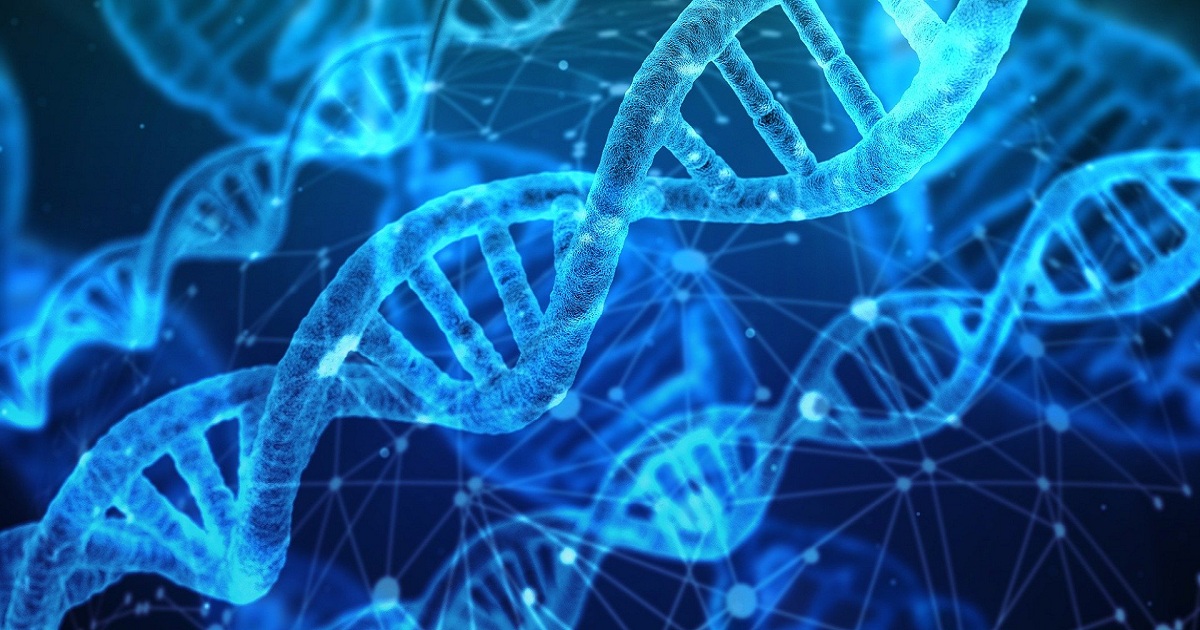3-D protein structure reveals a new mechanism for future anti-cancer drugs
Medical Xpress | February 15, 2019

A research team at the Medical University of South Carolina (MUSC) has discovered a new mechanism for a class of anti-cancer drugs known as E1 inhibitors. Their findings, published in Nature Communications on December 4, 2018, reveal a novel binding site that will promote drug design of more efficient E1 inhibitors. The team was led by Shaun Olsen, Ph.D., an assistant professor of Biology and Molecular Biology at MUSC and a member of the Developmental Cancer Therapeutics Program at Hollings Cancer Center. Olsen has dedicated his career to solving 3-D structures of proteins. Olsen and his team use these protein structures to model interactions with other molecules, including potential new drugs.
In the article, Olsen and his team report that they have discovered a new site on a protein, SUMO E1, which is a target for E1 inhibitors. The new binding site is located in the center of the protein and was previously thought to be out of reach. Olsen's team discovered an alternative conformation of the protein that exposes the site and allows a new inhibitor (COH000; Sumo Biosciences, Inc., Pasadena, CA) to bind.